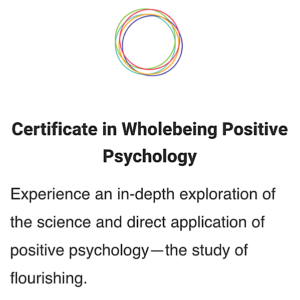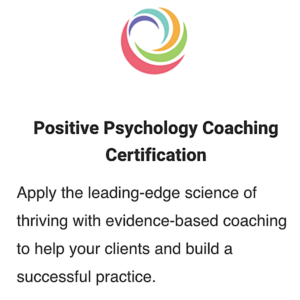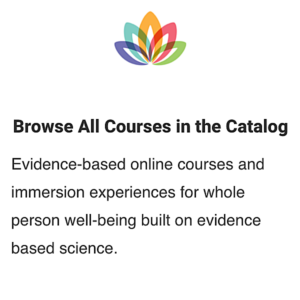by Mina Simhai
Ready for an honest confession? It was hard mustering the motivation to write this blog post. After all, it’s the holiday season. There are presents to buy, decorations to put up, holiday parties, and, after all that, I need yoga classes to ground myself again. Also, there’s my beautiful brown-eyed boy home from school with a stomach flu who just wants to build Legos with me. I’m happy to oblige. In addition, it’s the end of the semester: time to finish grading and calculate final grades. In other words, as of this morning I had lots of reasons—okay, excuses—why I hadn’t written this post yet. Damn good excuses. And they are all true!
So, do I let myself off the hook? Do I keep procrastinating? Not anymore.
Motivation
In Smarter Faster Better: The Secrets of Being Productive in Life and Business, Charles Duhigg teaches us that “motivation becomes easier when we transform a chore into a choice,” because we strengthen our internal locus of control. Actually, writing this blog post is not a chore, it’s a privilege. I am so lucky that, after an unfulfilling career in law, I have found work that lights me up, and ideas I long to share because I know how they’ve transformed me. I’m grateful that WBI is giving me the opportunity to do so. Just like the Marine Corps recruits trained by General Charles Krulak, who Duhigg writes about in the book, I’m learning to force myself to “start something hard.” When we remind ourselves, “This is my choice,” we see ourselves as the protagonist in our own lives, rather than a passive victim of deadlines or client demands. As the protagonist, we get to decide, we feel more motivated, and it becomes easier to start the hard stuff.
Goal Setting
For something relatively simple like writing a blog post, just boosting motivation may be enough to get the job done. But for bigger, more complicated projects, we need more. We need a plan. This is where Duhigg’s research on goal setting comes in: Develop a stretch goal to “spark big ambitions,” choose SMART (Specific, Measurable, Achievable, Realistic, and Timeline) goals to form a concrete plan for achieving that stretch goal, and periodically think about whether or not your goal makes sense. According to Duhigg, when we couple our big ambitions with actionable plans and common sense check-ins to make sure we’re still on the right path, we become more productive.
Innovation
Reading Duhigg’s chapter on innovation, I sighed a breath of relief. Oh good, I thought, I don’t have to come up with something completely original. The pressure was off. Duhigg’s research revealed that most projects revered as “creative” are typically “previously known ideas mixed together in new ways” (like sighing a breath rather than breathing a sigh!). Duhigg tells a fascinating story of how West Side Story was conceived. Frustrated with how long it was taking them to develop an edgy musical, choreographer Jerome Robbins suggested to his collaborators, composer Leonard Bernstein and playwright Arthur Laurents, that they “stop trying to do something new at every turn” and instead stick with what they knew, but combine it in novel ways. The finished product combined opera, a play, and ballet. Duhigg argues that this formula holds true for innovation across the board—in musicals, movies, academic papers, and inventions, from the post-it to infant formula. Does mixing old ideas in novel ways guarantee creativity? No, but it improves our chances of increasing our productivity through innovation.
Productivity
Duhigg defines productivity as “our attempts to figure out the best use of our energy, intellect, and time as we try to seize the most meaningful rewards with the least wasted effort.” In other words, how do we get the most important stuff done well, without wasting time and energy on less meaningful tasks? Productivity is a tool that allows us to be excellent at work and present with our families at dinner. Productivity isn’t being chained to your desk, responding to each e-mail as it comes in. Also, productivity isn’t some elusive habit only CEOs have. According to Duhigg, productivity is just a way of “making certain choices in certain ways.” In Smarter Faster Better, he identifies those choices and how best to make them.
Blog post finished, I’m off to build the Naboo Starfighter Lego with my sweet boy. The secrets of productivity allow me to say yes to my work, yes to myself, and yes to my family. They help me embrace my work and the flexibility it provides. That way, I can care for my sick boy from a place of love, not resentment or guilt that I’m not working as much as I had planned.
Motivation, goal setting, and innovation are three of the productivity secrets Duhigg teaches. Curious about the other five? Read Smarter Faster Better and join us on Monday, January 9, for our virtual book club. All are welcome (regardless of how many pages you’ve read).
Mark your calendar:
When: Monday, January 9, at 7:30 pm ET
Conference Call Dial in: 323-476-3997
Conference ID: 218555#
Get International dial-in numbers at //yourconferenceline.com/local/.
Mina Simhai earned her Certificate in Positive Psychology from the Wholebeing Institute, and served as a teaching assistant for CiPP4. She is also a recovering lawyer, yoga teacher and mother. Her latest project is bringing the tools of positive psychology to lawyers and others in the DC area and across the country. Her top strengths are judgment, love of learning, curiosity, love, and appreciation of beauty. Mina is an avid reader and looks forward to launching the WBI Book Club with you.






